Introduction
Annealing machines are specialized devices used across a variety of industries, particularly in metallurgy, materials science, and advanced computing. Despite their diverse applications, all annealing machines operate on a fundamental principle: controlled thermal or quantum transitions to optimize material or computational states. This article explores annealing machines in two major domains—physical annealing in manufacturing and quantum/classical annealing in computational optimization—providing an in-depth understanding of their roles, mechanisms, and transformative impact.
Part I: Annealing in Materials Science and Manufacturing
What Is Annealing?
Annealing is a heat treatment process that involves heating a material to a specific temperature, maintaining it for a certain duration, and then cooling it down slowly. This process alters the physical (and sometimes chemical) properties of a material to improve ductility, reduce hardness, and relieve internal stresses.
The Annealing Machine: Function and Design
An annealing machine in a metallurgical context is designed to precisely control the thermal cycle needed for specific materials such as steel, aluminum, copper, or glass. These machines can be standalone or integrated into production lines (e.g., in continuous annealing furnaces for steel processing).
Core components of thermal annealing machines:
Heating chamber or furnace with high-temperature control.
Conveyor or load system for material handling.
Atmospheric control system, which may involve vacuum, inert gases, or reducing atmospheres.
Cooling mechanism, either by air, water, or gas.
Applications
Steel manufacturing: To remove dislocations, improve grain structure, and enhance formability.
Glass processing: To prevent breakage from internal stress.
Electronics and semiconductors: Annealing thin films to modify electrical characteristics.
Additive manufacturing (3D printing): Post-process annealing to strengthen printed parts.
Part II: Annealing in Computational Optimization
From Physics to Algorithms
Inspired by physical annealing, simulated annealing is a probabilistic algorithm used to find approximate solutions to complex optimization problems. It mimics the thermal annealing process by exploring the solution space and probabilistically accepting worse solutions early on to escape local minima, gradually “cooling” to converge on a global optimum.
Annealing Machines in Computing
More recently, the term "annealing machine" has been popularized by quantum annealers, such as those developed by D-Wave Systems. These machines are designed to solve optimization problems by leveraging quantum mechanical phenomena.
Key concepts:
Quantum Annealing: Uses quantum tunneling and superposition to explore the solution landscape.
Qubits: Quantum bits that represent potential solution states.
Energy Landscape: The algorithm attempts to reach the lowest-energy configuration, analogous to the best solution.
Use Cases for Quantum Annealing Machines
Logistics and supply chain optimization
Machine learning hyperparameter tuning
Protein folding and drug discovery
Portfolio optimization in finance
Technical Comparison: Thermal vs. Quantum Annealing Machines

Future Prospects
Materials Annealing Machines:
Integration with AI-driven predictive control systems for real-time quality optimization.
Development of eco-friendly, energy-efficient furnaces.
Use of lasers and induction heating for precision annealing in microfabrication.
Quantum Annealers:
Scalability challenges are being addressed with error correction and hybrid quantum-classical systems.
Expanding applicability into AI, genomics, and national security.
Competition with gate-based quantum computers, though annealers remain attractive for specific optimization problems.
Conclusion
Annealing machines—whether they heat steel to perfection or guide quantum states toward optimality—are tools that harness gradual, controlled change to reach a desirable end state. In both the physical and computational realms, annealing represents a powerful metaphor and method: a journey from chaos to order, from potential to realization. As technology continues to evolve, these machines stand at the intersection of material transformation and algorithmic innovation, quietly reshaping the future.




 中文简体
中文简体 русский
русский Español
Español عربى
عربى

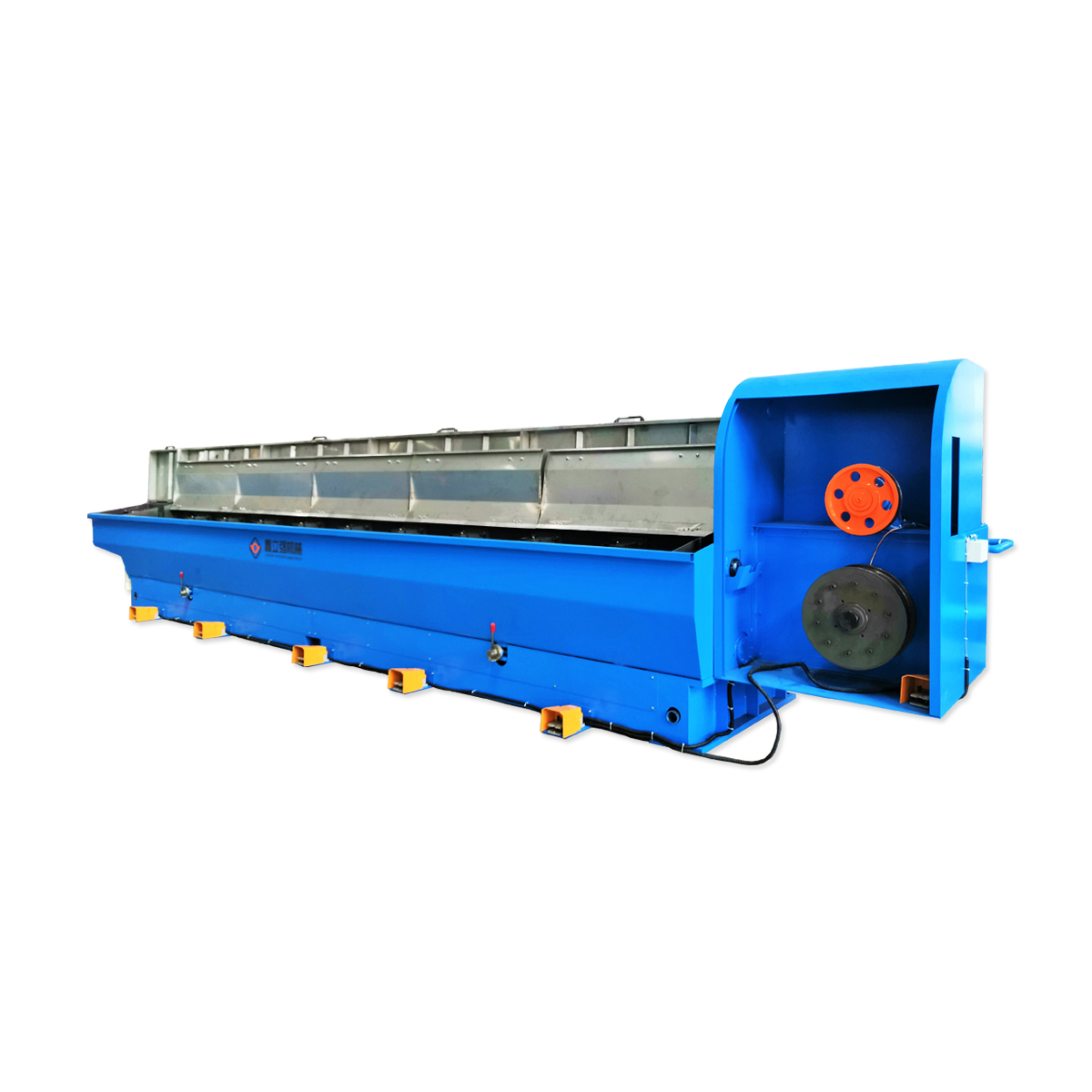
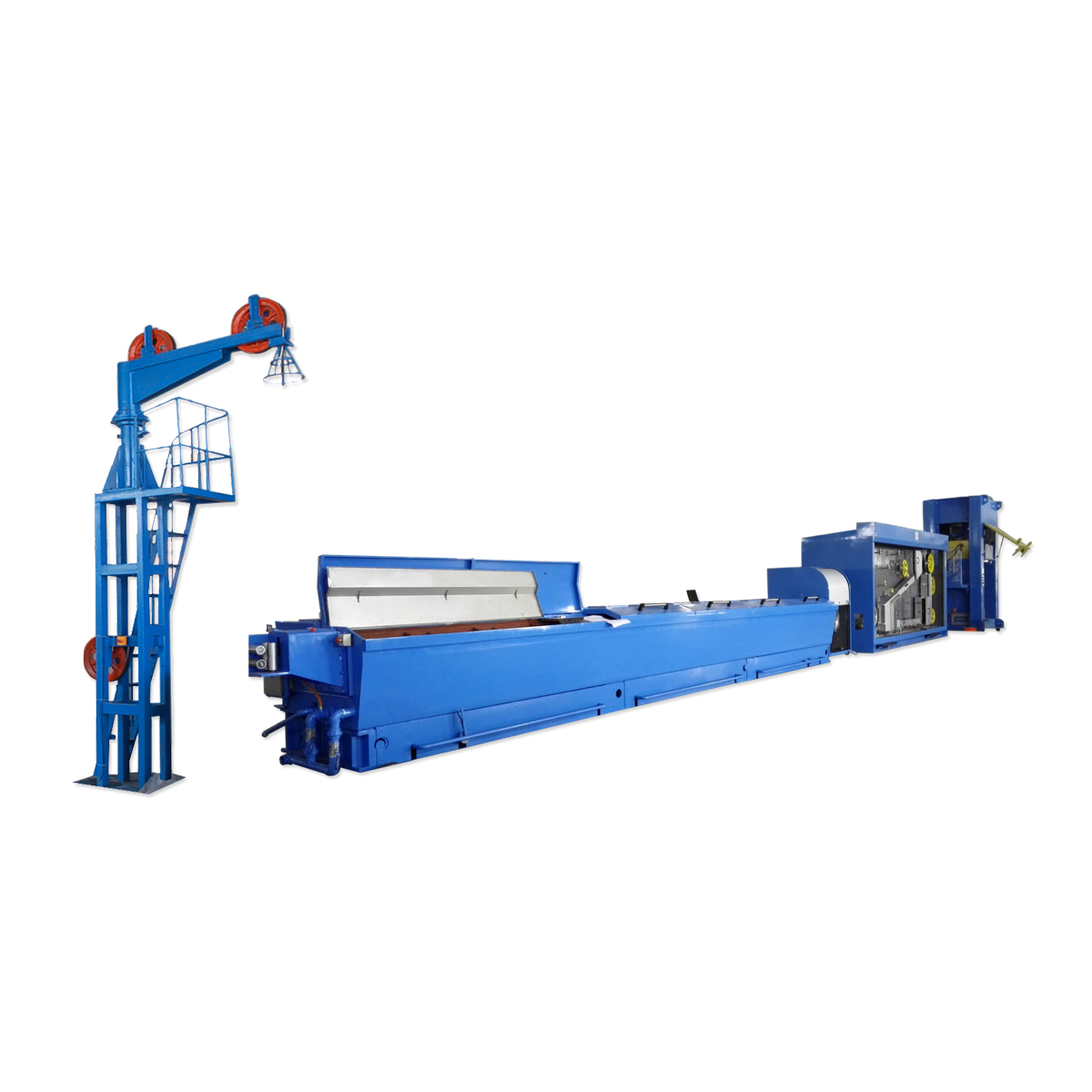
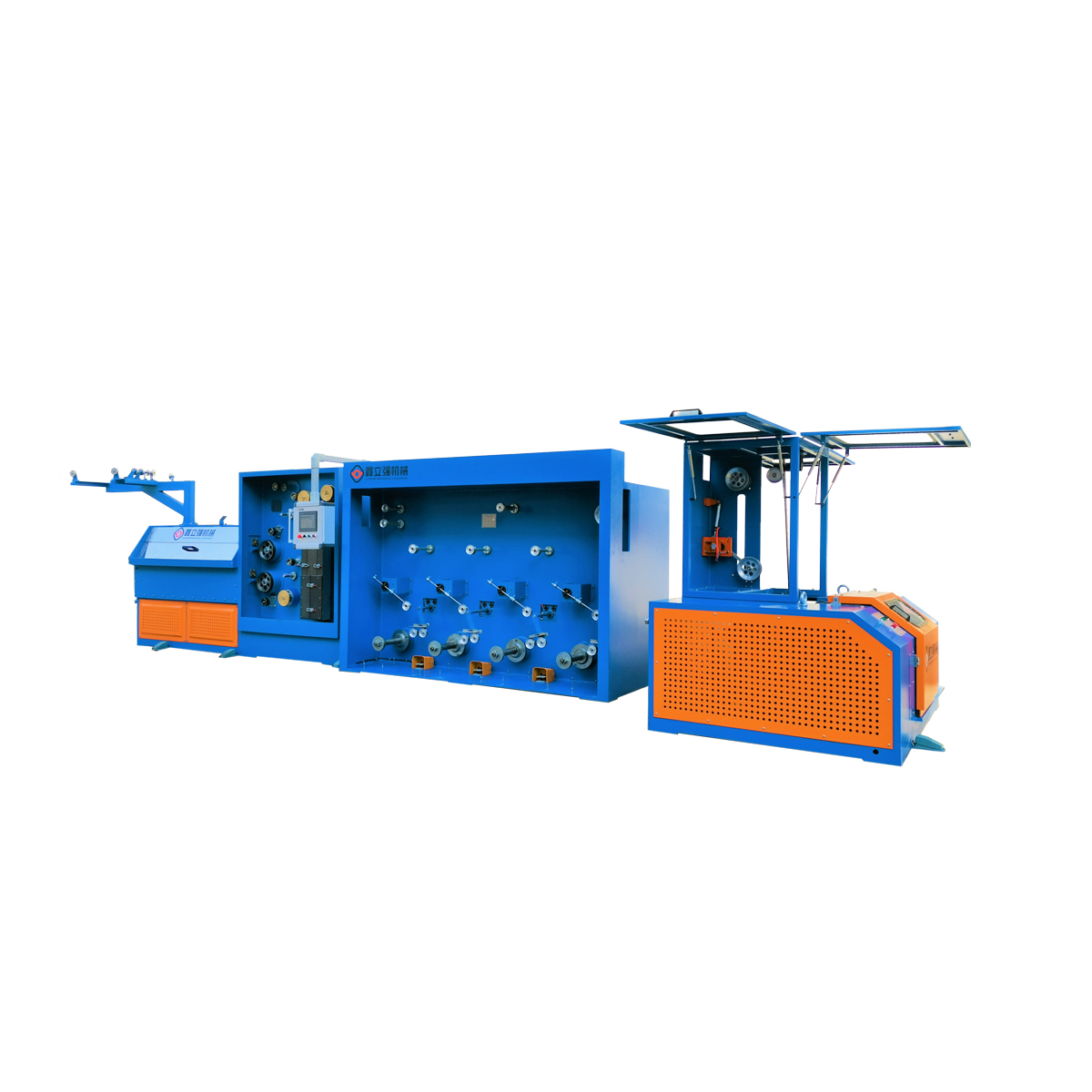
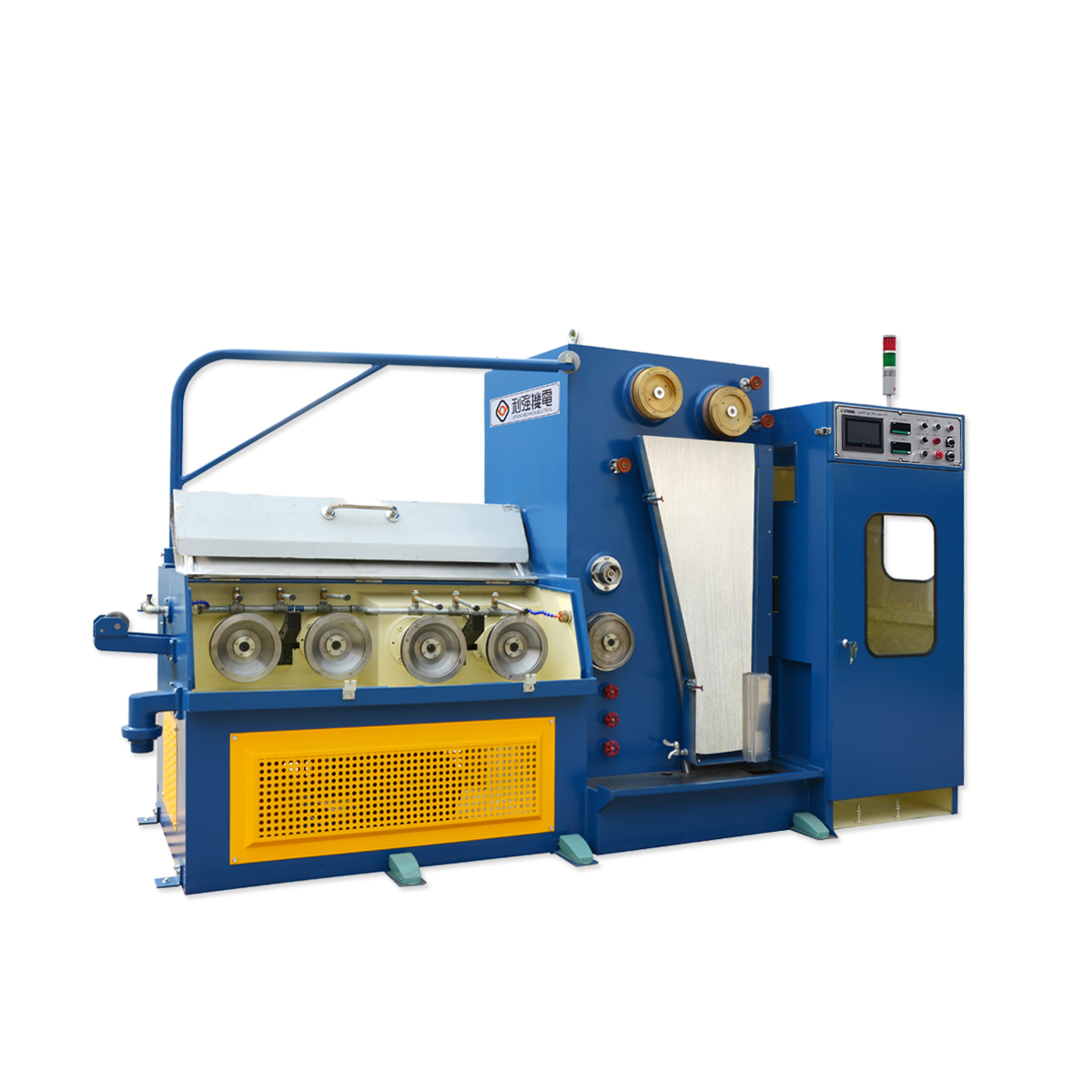
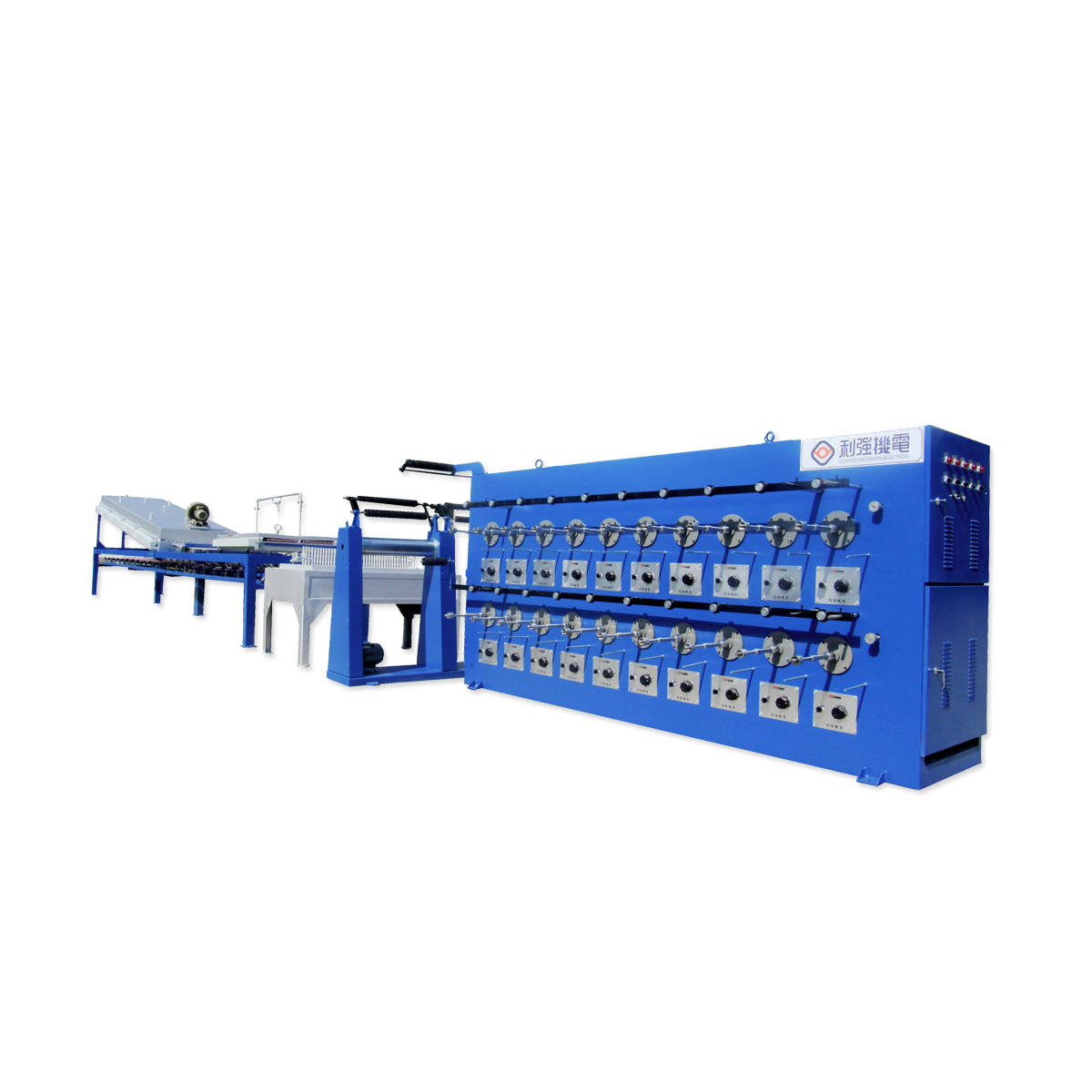
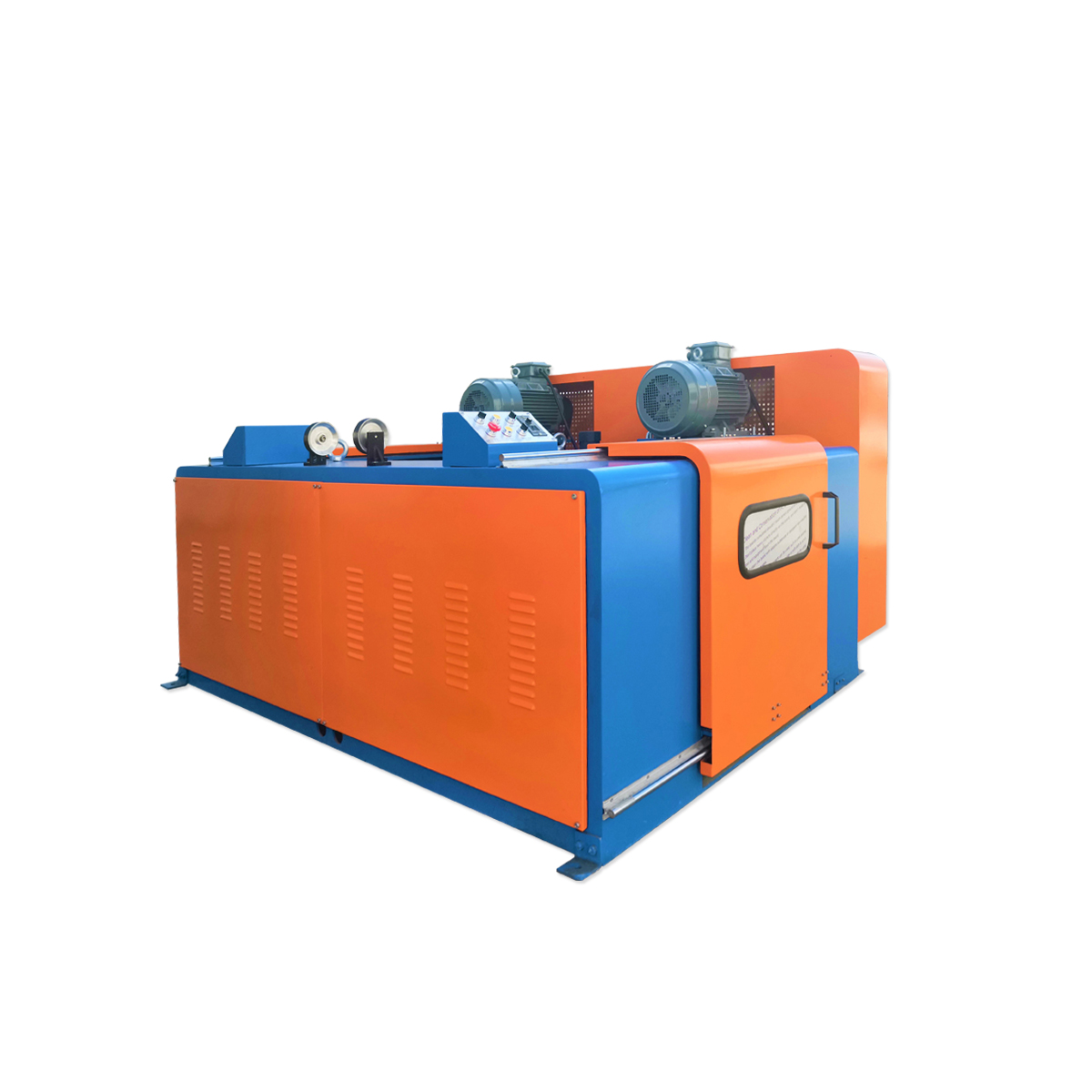
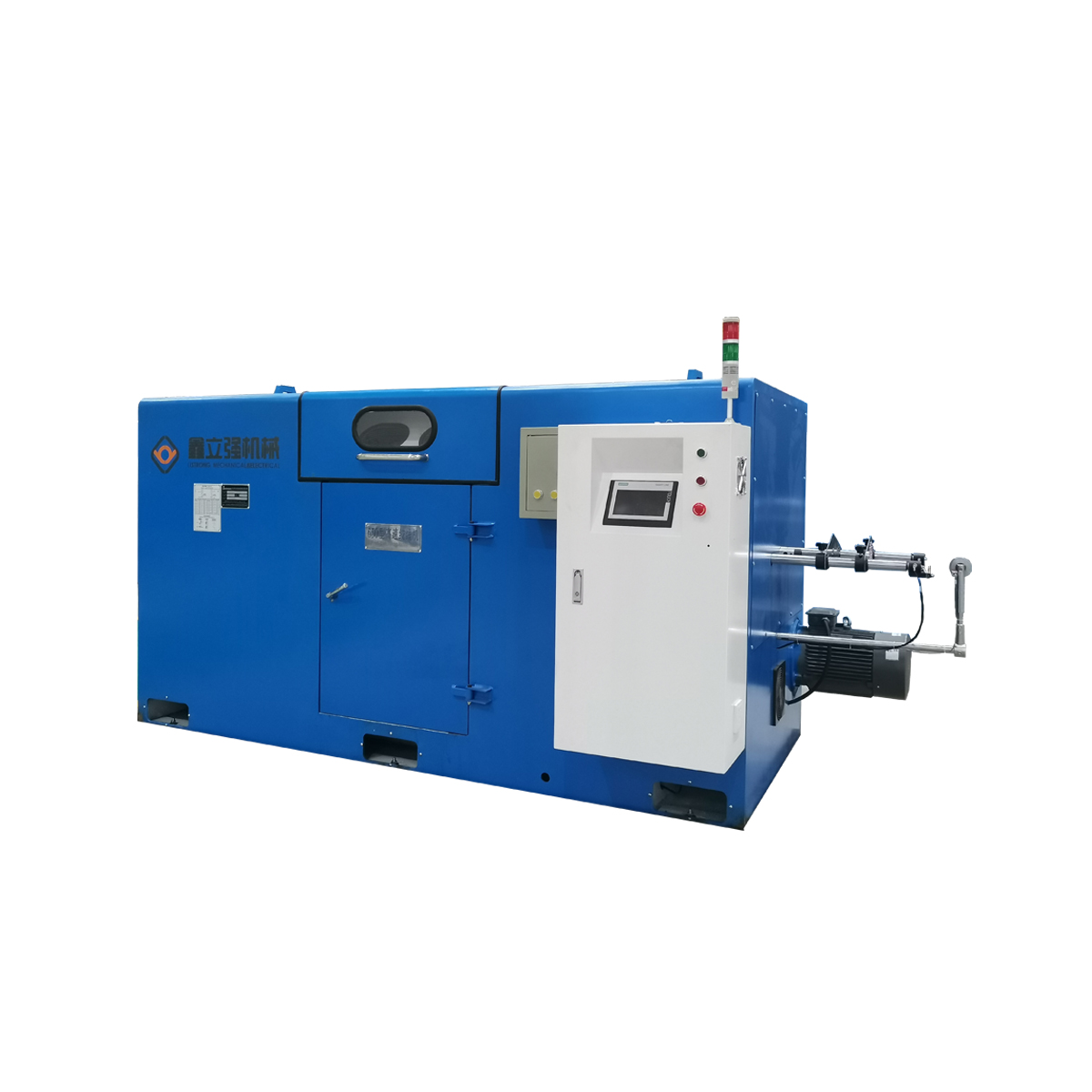
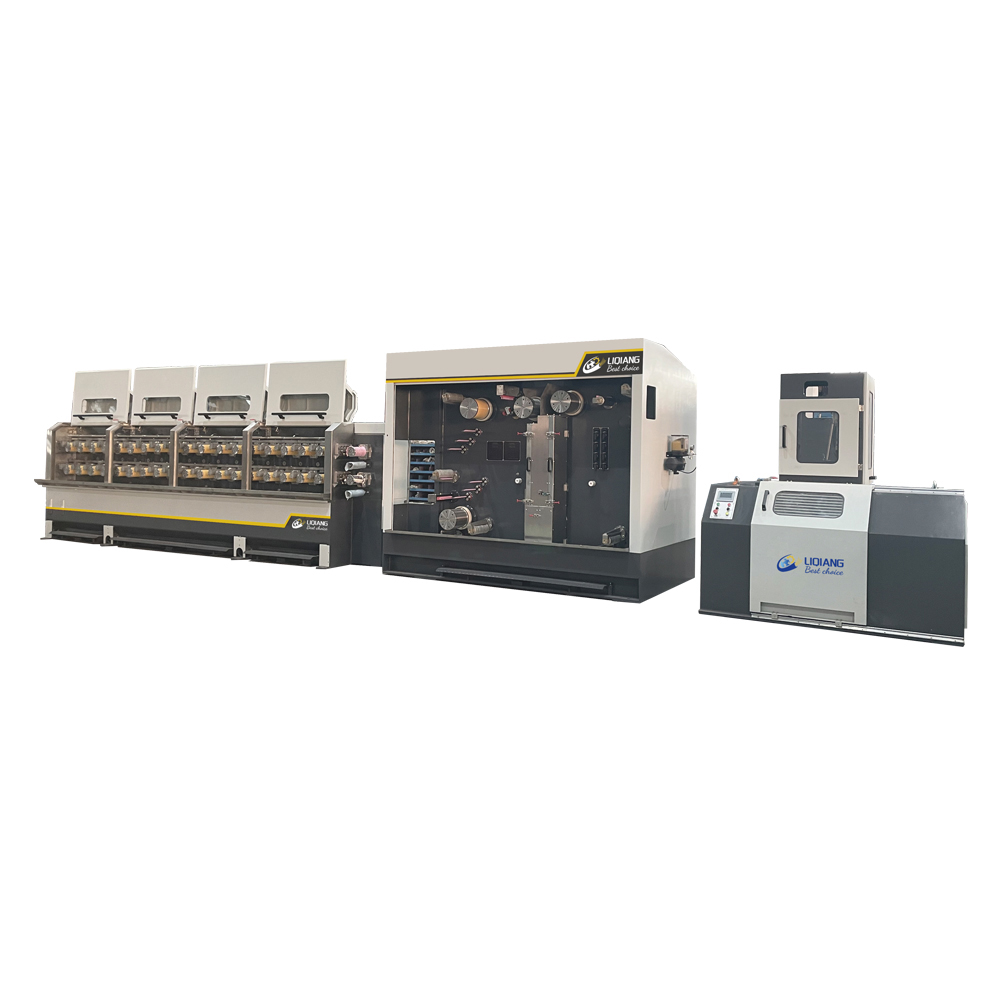
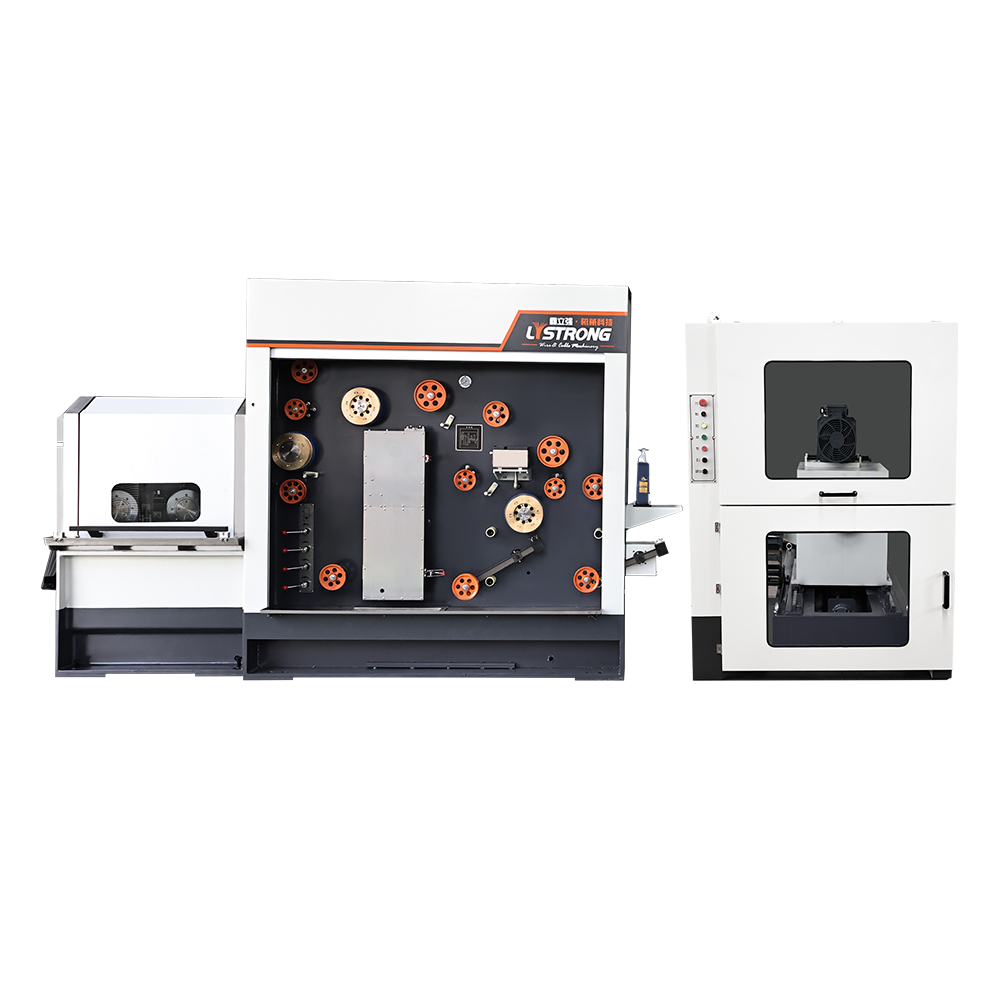
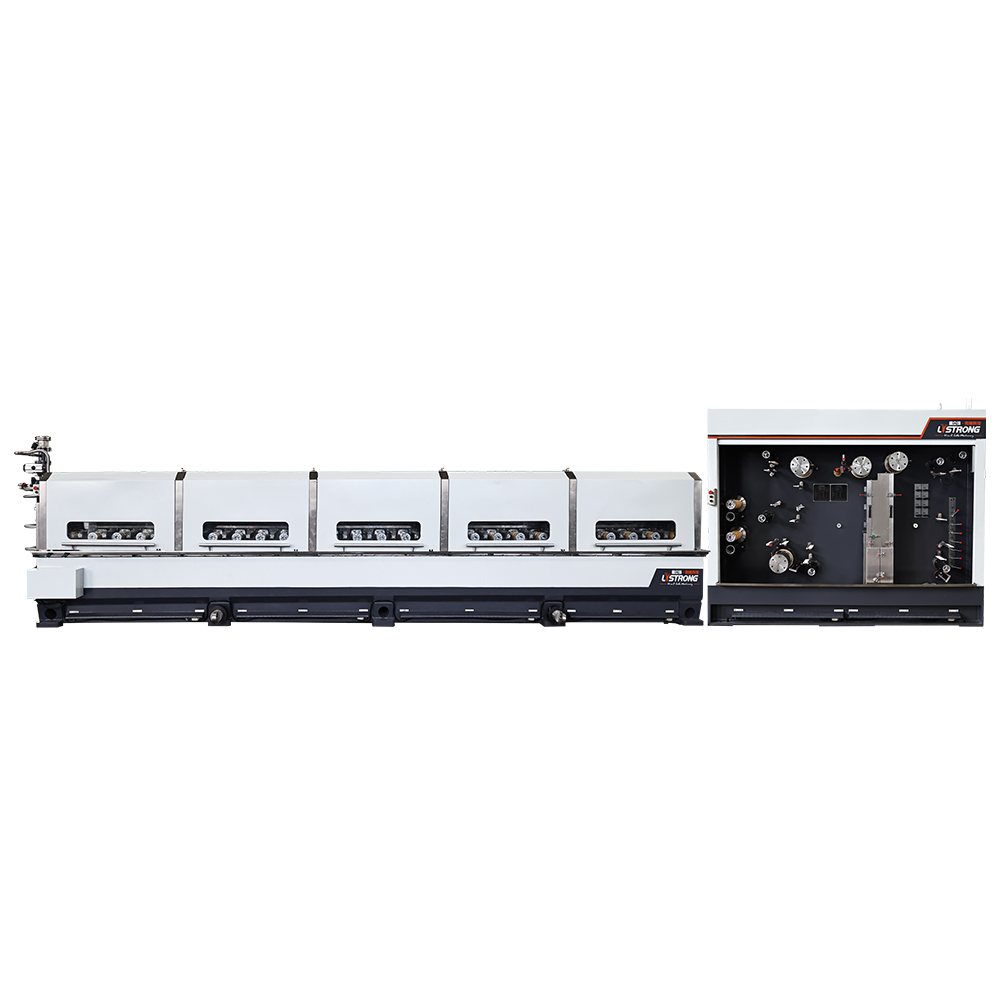



Contact Us